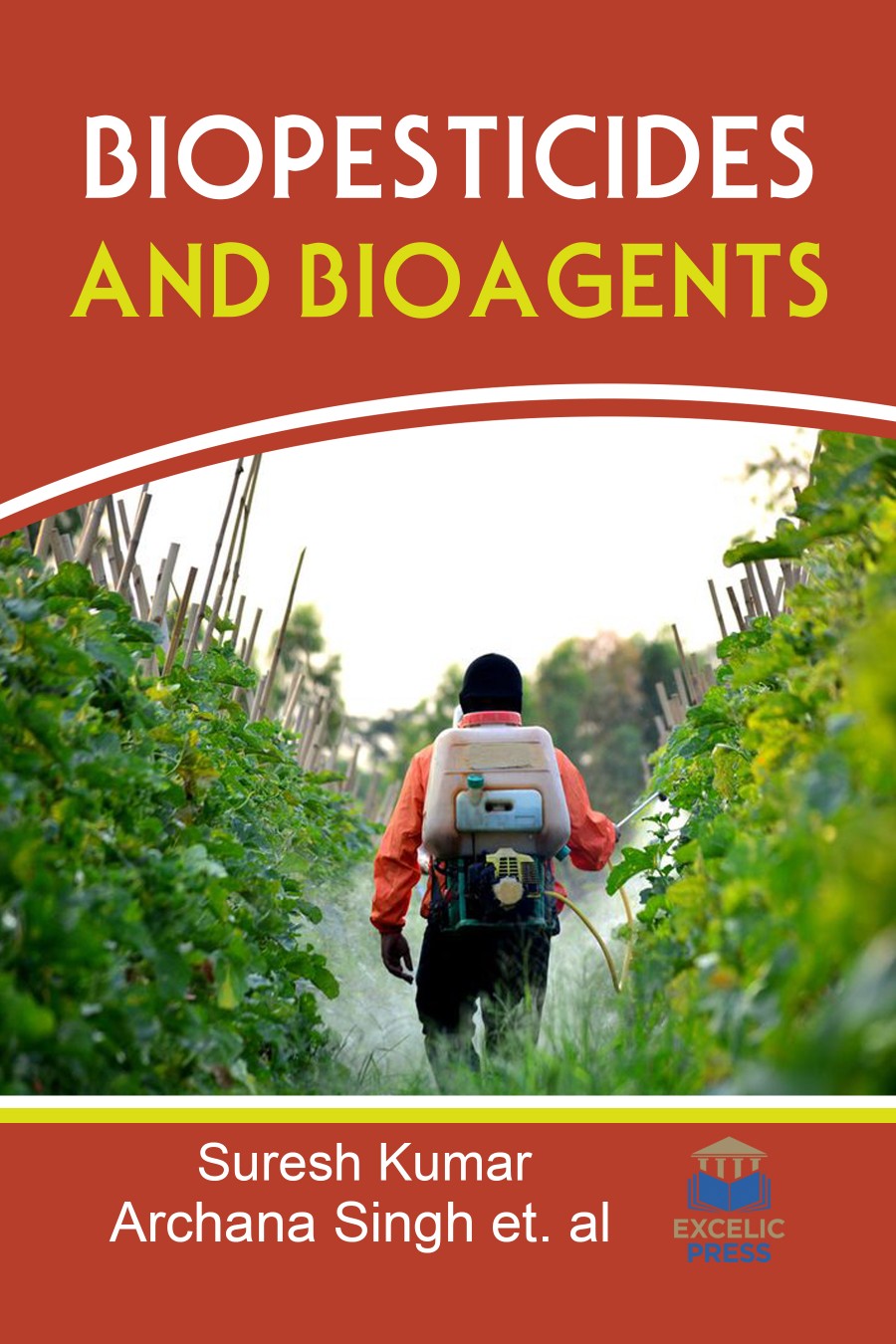It is estimated that the global population will grow to 10.12 billion by 2100. In order to fulfill the food demand of growing population; higher and advance productive agricultural materials are required. The highest yield of crops is based on the improved variety, the appropriate pest and disease management, and recommended fertilization. Proper pest management is an important factor for healthy and high yielding crop that can provide food to the increasing population. The adequate pest management is pivotal need for today to produce maximum food for increasing population from less. So far, in the global agriculture system the most widely used pesticides have synthetic origin such as halogenated, carbamate and organophosphorus compounds.
Excessive use led to the creation of new strains of pests resistant to synthetic insecticides. The resistance development often related to receptors modification that involved the mechanisms and targets of action. Due to the results of resistance, researchers have synthesized many new organic molecules with this target of action, having adverse effect on the nontarget organisms.
This comprehensive book ‘Biopesticides and Bioagents’ covers cutting-edge coverage at the status of biopesticides and biocontrol agents in agriculture. The current status and development of biopesticides converging mainly on improving action spectra, replacing of chemical pesticides, its role in integrated pest management, proper application of botanical and semiochemical in pest management have been discussed in this book. The present-day prestige of different categories of biopesticides such as microbial pesticides based on microorganisms, botanical pesticides derived from plants, semiochemicals will be discussed.
The advance research and development in the field of biopesticides applications greatly reduce the environmental pollution caused by the chemical synthetic insecticides residues and promotes sustainable development of agriculture. Major breakthroughs in molecular biology and biotechnology since the early 1980s indicate that quick improvement in the competitive ability of biological control methods is possible, and that biopesticides can play a major role in crop protection in the future. It has become possible to improve some of the critical properties that earlier hampered the usefulness of many biocontrol agents.
This book is of interest for agriculture and plant scientists, microbiologists, biotechnologists, plant pathologists and entomologists working in academic and commercial agrichemical situations, and in the libraries of all research establishments and companies where this exciting subject is researched, studied, or taught.













